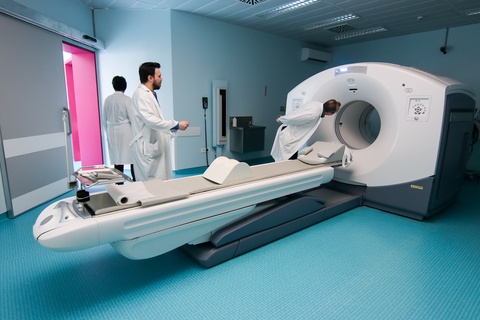Treatment Advances Fail to Improve Mesothelioma Survival Trends
A new report shows mesothelioma survival trends have remained steady for decades, despite new drugs, new surgery techniques, and the introduction of pleural catheters. The report comes from cancer researchers at Ottawa Hospital Cancer Centre in Canada. Canada has one of the world’s highest rates of malignant pleural mesothelioma. This is likely related to the country’s long history of asbestos production. To compile the new report, researchers compared mesothelioma outcomes in three different decades between 1991 and 2019. There were surprisingly few differences in mesothelioma survival trends in the three decades. Mesothelioma’s Destructive History Pleural mesothelioma is a virulent cancer of the pleural membrane. This is the tissue or mesothelium that surrounds the lungs. It is thin but flexible and…









